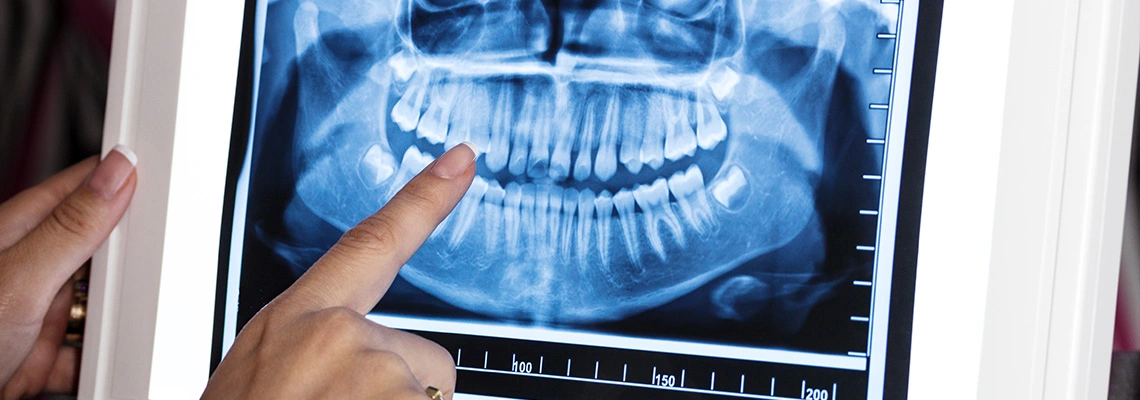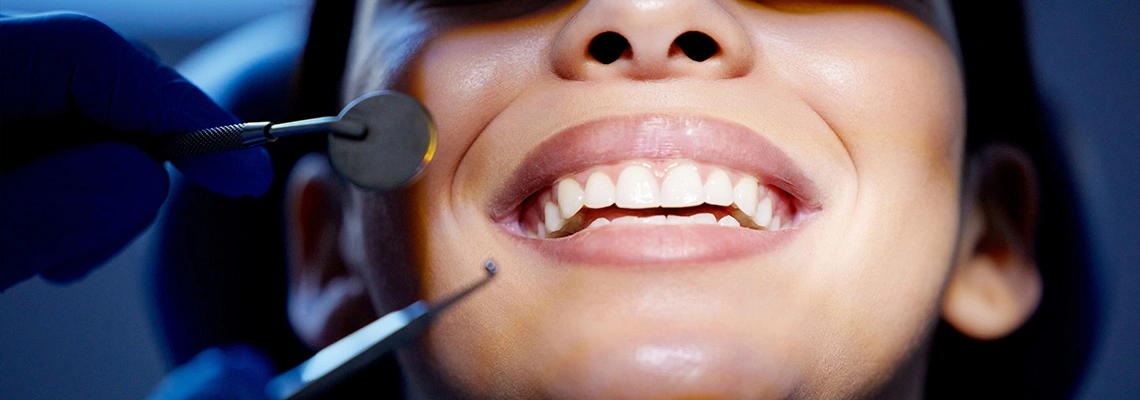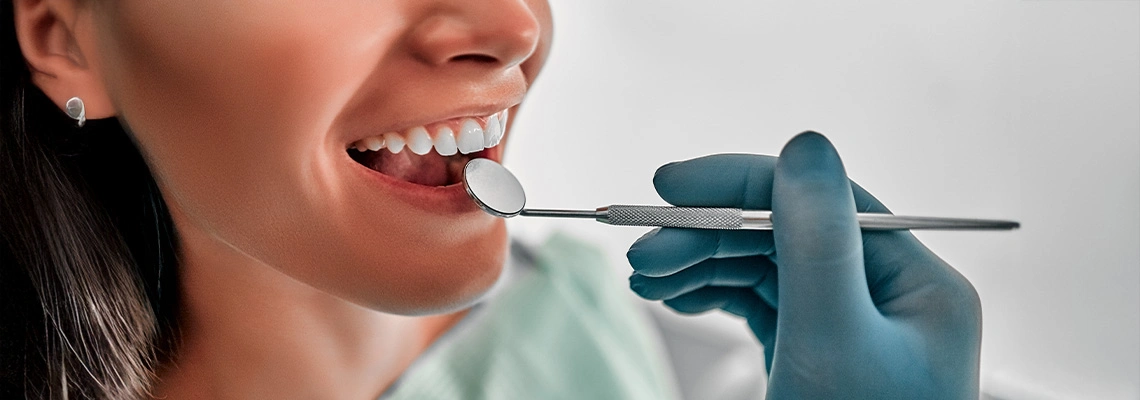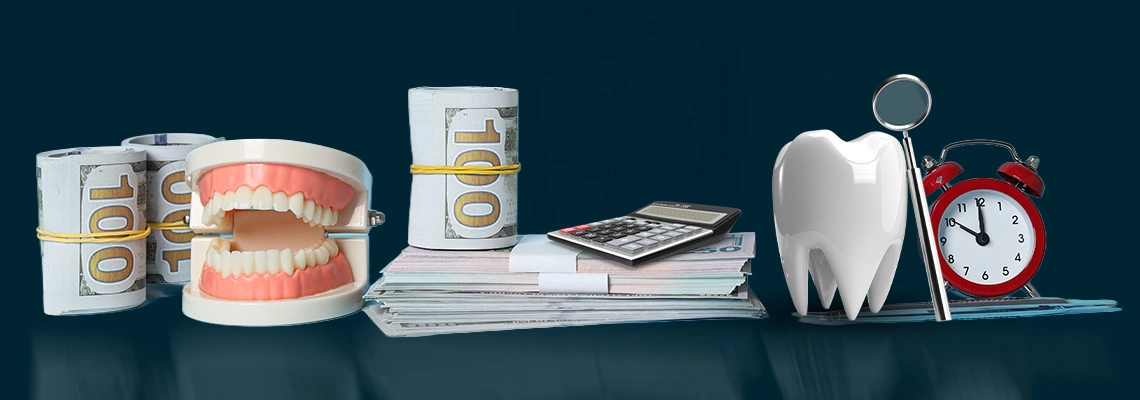Dental bone grafting is done for oral health and functionality. But then, what is the success rate? This article discusses factors that affect the outcome of these procedures and explores the numbers behind successful bone grafts whether you are a patient looking to get the procedure done or perhaps a dental professional looking for insight into this discipline, read on to find out those key things about dental bone graft success.
Table of contents:
What is Dental Bone Grafting Surgery?
Dental bone grafting is a minor surgical procedure designed to rebuild or reinforce missing or damaged bone tissue within the jaw. It serves several critical functions:
-
Jawbone Reconstruction: For anybody looking at dentures or any implants, the jawbone needs to be healthy and solid. Bone grafts act as a base for these dental options, providing them with the support so essential for stability and durability
-
Addressing Bone Loss: Unless treated, gum diseases can result in gradual bone loss, which would then contribute to the loosening or instability of teeth and even change one's facial appearance. Since bone grafting replaces the lost volume of bone and consequently stops further deterioration, it is able to successfully reverse this process
Related articles:
The type of graft material for your surgery will be based on the extent of your bone loss and your dentist's expertise. Here are some common types:
-
Autografts: These grafts utilize your own bone tissue, typically harvested from the chin, lower jaw (mandibular symphysis), or hip. This option offers optimal biocompatibility, minimizing the risk of rejection.
-
Allografts: These are derived from donors of human bone tissue. The allografts are screened and processed for safety. They are readily available and offer an alternative to autografts.
-
Xenografts: Such grafts utilize bone tissue derived from animals like cattle or pigs. While readily available and relatively cheaper, they may have somewhat higher risks of rejection than the other options
-
Synthetic Materials: The new millennium introduced several synthetic, osteoconductive materials approved by the FDA for use as bone grafting substitutes. These biocompatible materials have almost similar structures and functions to the natural bone, hence providing an environment that allows new bone growth without the risks of diseases from donors, as in the case of grafts.
Is dental bone graft worth it?
Yes. Dental bone grafting is the minor surgical operation needed to restore the anatomy and function of tooth-supporting tissues. This can be done to enrich the amount of bone in that part of the jaw where the bone has been lost or when extra support is needed. The following are some basic information points on dental bone grafts:
-
Purpose and Procedure:
-
Dental bone grafts involve attaching other bone material to the jaw. This material can come from the patient’s own body (autograft), a different person (allograft), another species (xenograft), or synthetic materials (alloplast).
-
The preferred approach is using the patient’s own bone because it promotes faster healing and new bone formation.
-
The grafting procedure is commonly done when someone has lost adult teeth or has gum disease, both of which can cause bone loss in the jaw.
-
-
Candidates for Dental Bone Grafts:
-
Implant Recipients: Most patients who take dental implants require a graft or bone in the jaw as support for the implant
-
Bone Loss or Gum Disease: Even in the absence of implants, bone grafting might be called for to strengthen a section of the jaw thinned out by bone loss or periodontal disease
-
-
Benefits:
-
Dental bone grafts restore damaged bone and build up healthy bone tissue.
-
They are essential for patients wanting to replace teeth lost due to trauma, gum disease, or extraction.
-
Dental bone grafts are worth considering for implant recipients and those with tooth loss or gum disease.
_1722253685.jpg)
How do you speed up bone graft healing?
To expedite the healing process following bone graft surgery, incorporating the following tips into your routine is crucial:
-
Strict Adherence to Instructions: Your dentist will provide detailed instructions regarding medications, oral hygiene practices, and activity restrictions. Following these guidelines diligently is essential for optimal healing.
-
Cold Therapy:: Intermittent application of ice packs to the surgical area in the first few days considerably helps in reducing swelling and inflammation
-
Adequate Rest: Allow your body sufficient time to recover. Let your body have ample rest and sleep so that your body's energy is diverted toward healing and tissue repair.
-
Sleeping Position: While recovering, adopt a sleep position that allows your head to be elevated. This helps minimize blood accumulation at the graft site, promoting optimal healing.
-
Light Exercise: Gentle physical activity, such as walking, can be beneficial for recovery. Discuss this with your dentist to determine the appropriate level of activity for you.
What is the survival rate for bone grafts?
Dental bone grafts have an impressive survival rate of 99.6%. This statistic reflects the proficiency of contemporary dental health practices and the reliability of graft surgery. Overall, dental implants' success is significantly enhanced through bone grafting, making it a remarkable achievement in modern dentistry!
What is the failure rate of bone grafts?
The overall success rate for bone grafts may vary, but according to studies, it is reported that around 10% to 20% of bone grafts may not integrate successfully or produce the anticipated result. Also, keep in mind that both specific graft types and individual cases may affect this percentage. Individual consultations with a health professional are therefore highly necessary.
What are the signs of a failed dental bone graft?
Early detection of potential bone graft failure is crucial for minimizing complications and maximizing treatment success. Here are some warning signs to be aware of:
-
Persistent Pain: While some amount of discomfort after surgeries may be understandable, severe or persistent pain that gets worse over time at the site of the graft may be a sure indicator of some underlying problem.
-
Excessive Swelling: Significant swelling that persists beyond the initial healing period could be a sign of infection or difficulty with graft integration.
-
Pus or Drainage: Any drainage of pus or other fluids from the surgical site is a cause for concern and may indicate an infection.
-
Loose Teeth:: if there happen to be some of your pre-existing teeth situated close to the area of the graft, if they become loose or mobile, then this can be an indication of bone nonhealing.
-
Gum Recession: this is where some gum tissue recedes from the implant site and leaves some of the underlying bone exposed. This could be indicative of the failure of osseointegration
The success rate for bone grafting is very high when performed correctly, especially when using the right materials and following proper care instructions. If you're considering dental implants or need to address bone loss due to periodontal disease, Mira Clinic in Istanbul offers expert bone grafting services. Contact us to explore your options and achieve a healthier smile!
_1722253645.jpg)
Sources:
- Bone graft: purpose, procedure, and risks
- https://www.healthline.com/health/bone-graft
- Bone grafting for dental implants
- https://www.guysandstthomas.nhs.uk/health-information/bone-grafting-dental-implants
- What you need to know about a dental bone graft
- https://www.healthline.com/health/dental-bone-graft












